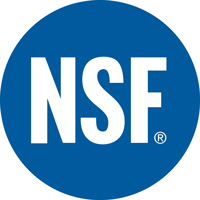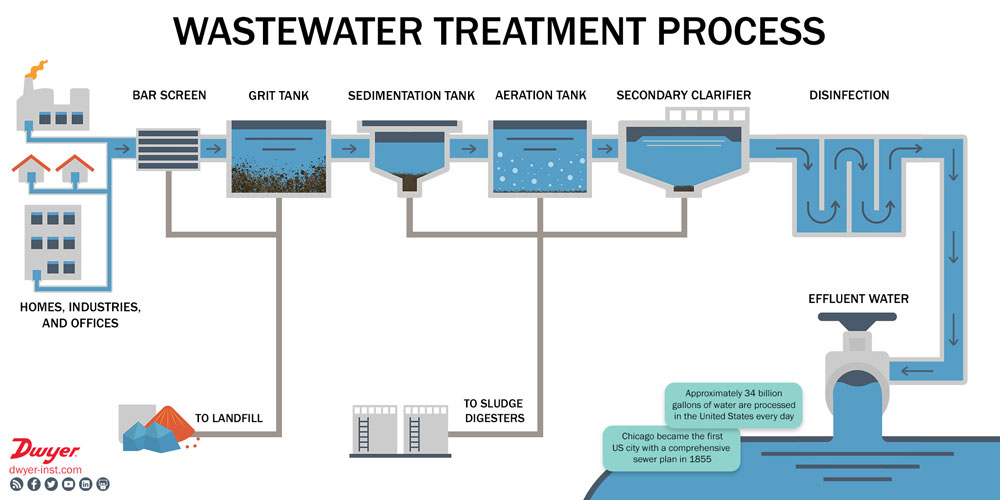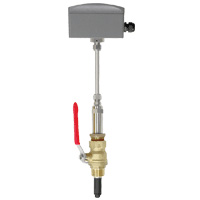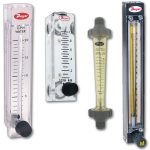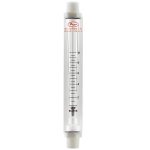
For the past few years, questions about the safety of drinking water have constantly been in the news. Following the 2014 crisis in Flint, Michigan, cities across the U.S. launched their own investigations to determine whether their own drinking water supplies were safe. Drinking water is contaminated when old lead pipes corrode, allowing lead and other chemicals to enter the water supply. While lead is most dangerous when ingested, even outside of potable water applications there are still strict regulations regarding the materials and chemicals that may come in contact with water. This minimizes risk of contamination. Continue reading “Drinking Water Regulation”

